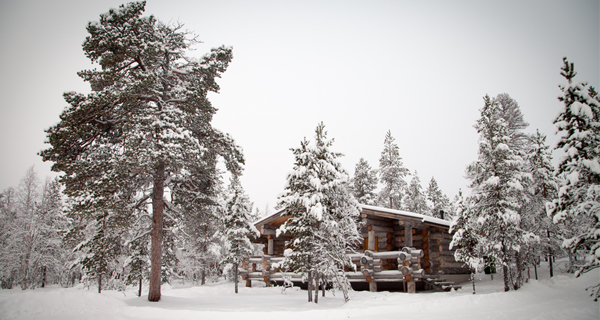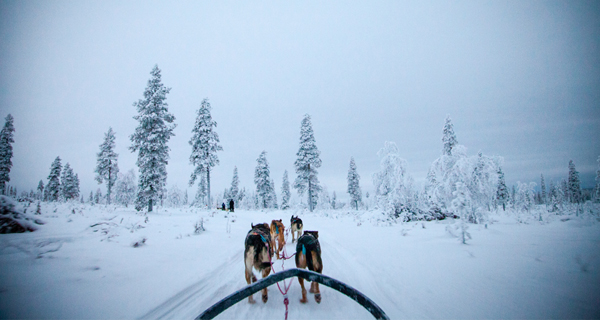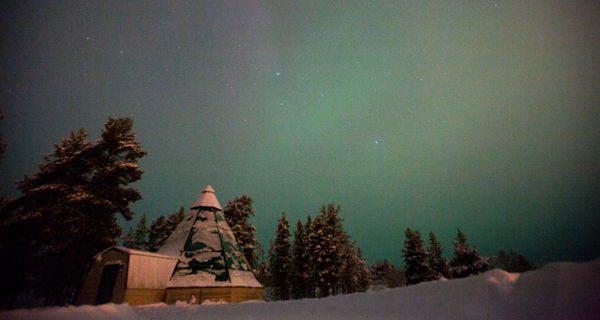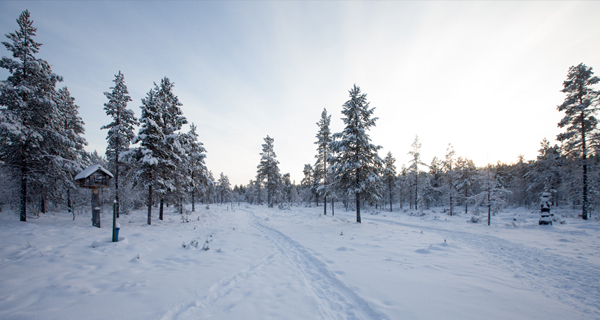How to shoot / capture the northern lights.
Camera settings we used to capture the Northern Lights
Canon 5D MK II 16-35mm lens. f2.8 exposure 13” iso 2500.
This week our crew have been out hunting the northern lights in the arctic circle. They travelled to northern Finland, Saariselka, where the lights are visible from October through to February. Although it was not as simple to find them as they first thought……..
It was an exciting project as shooting stills and time lapses in the complete darkness was a very different approach to normal. Even if the lights are visible to the human eye your exposure has to be right, the camera on a tripod or locked off completely still. The lights may also only appear for a matter of minutes so timing was key.
Overall they were out there for a total of 3 nights waiting patiently at -20C. Glad to have their Northface jackets to keep warm!
Night one: The crew stayed close to their log cabin waiting for the lights to show up, however the cloud cover was very heavy and after waiting for a number of hours they didn’t manage to get a sighting. However all was not lost, they did manage to get a time laps of the nightfall. The search for the lights was now in full swing..
Night two: The crew went out on huskyies and sleighs to go further afield to places they couldn’t reach on foot. But again no sighting. However they did come back with some amazing video footage and photos of the huskies.
Night Three: The cloud cover was still heavy, but as they could see some stars in the sky this gave them a bit of hope that they might just be in luck! In order to try and capture a sighting all the crew travelled out on snowmobiles (slightly easier to drive than huskyies…) with their guide for the evening, Mikael Waltari. Travelling deep into the forest to find a dark spot away from any light pollution. They didn’t need to go far before they could see a glimpse in the sky. They had a 10minute window to capture the lights on camera, the lights are on the move all the time and slowly fade away, so they needed to work fast.
When the crew came back, although they managed to see the aurora borealis for a short amount of time, they had some great footage and happy to have had the opportunity to captured them on camera.
They were helped in their search for the lights by Husky and Co, who were extremely knowledgeable about when and where to find the lights.
Tips from our cameraman Simon Elsbury
- When shooting in complete darkness focusing can be an issue. Auto focus won’t work as the camera doesn’t have anything to focus on. Switch the lens to manual. Either set your own focus point ie. infinity or as someone to stand in, flash a torch at them and then you should have just enough light to focus.
- Always use a tripod
- Its a tad trial and error, its always a battle to get the lowest ISO so try and see if your exposure can help you out and expose for longer if you have the time.
- Make sure that you have a nice selection of lenses with you. I took a 16-35mm, 24-70mm, 70-200mm. They are all f2.8, but take some primes if possible.
- On this trip it was freezing at night, so wrap up warm and keep your lens’s away from the snow in a bag which has some sort of waterproofing and padding.
- Ideally keep batteries in an inside pocket close to you as the temperature being so cold can make your batteries not last as long.
- Enjoy the Search!!




